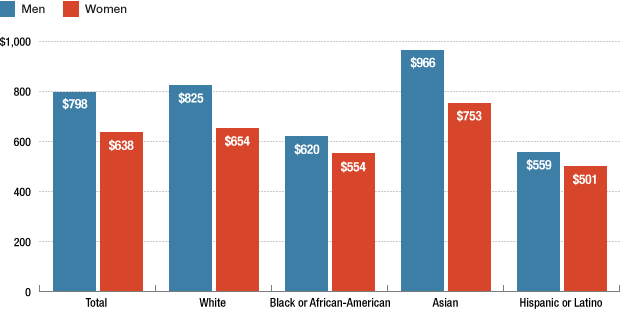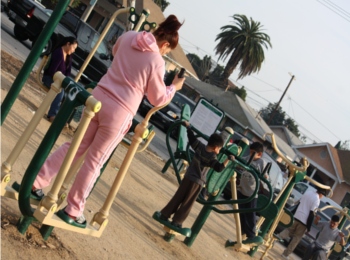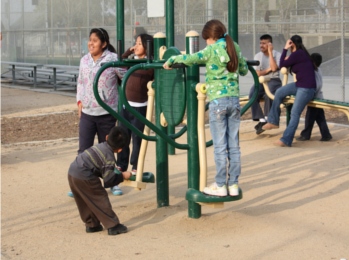For many members of the “millennial” generation, feminism is a thing of the past, devoid of any relevance in modern society.
“You’re equal,” they say. “What is there left to fight for?”
The first-generation feminists fought for suffrage. The second-generation feminists fought for equal access to education and employment and for abortion rights, among other things.
Their blood, sweat, and tears paved the way for a new generation of women who grew up secure in the fact that they could do everything the boys could do. They attended the best colleges, broke into the male-dominated corporate world, and learned what it was like “to have it all.”
And when a woman “has it all,” why would she attempt to break that mold?
The answer is as simple as this statistic: a woman still gets paid an average of 77 cents to a man’s dollar.
NPR reported that the gender salary gap holds steady, despite President Barack Obama’s passage of the Lilly Ledbetter Fair Pay Restoration Act in January of 2009, which extended the amount of time pay discrimination victims have to file lawsuits.
Women of color face an even greater wage disparity.

Chart credit: NPR
Economists credit the pay gap to the greater likelihood of a woman taking childcare leave and a woman’s tendency to work in lower-paying fields.
But Catalyst, a women’s research group, found that among MBA graduates, women were paid $4,600 less for their first job. This pay rate even applied to women without children.
Economist Heather Boushey of the Center for American Progress said that the pay gap grows over time. She cited research that indicates that women are less likely to negotiate a pay raise.
“There are assumptions that women don’t care about money, which is crazy!” said Ilene Lang of Catalyst, in an interview with NPR. “There are assumptions that women will always have men who will take care of them, that women will get married, have children and drop out of the labor force. All those assumptions are just not true.”
In 1963, when Congress passed the Equal Pay Act, women made 59 cents to a man’s dollar. In the past 47 years, many strides have been made toward the equality of women. But on the salary plane, only 18 cents have been gained.
Today’s woman can be as educated, as qualified and as skilled in a field and still make less money than a man.
That doesn’t sound very equal to me.









 On a clear morning, Esthela Jimenez brought her family to the park.
On a clear morning, Esthela Jimenez brought her family to the park.  From their inception, these zones have made a splash in the community.
From their inception, these zones have made a splash in the community. One of the effects to which Goran referred is a decrease in the obesity rates in the area.
One of the effects to which Goran referred is a decrease in the obesity rates in the area..jpg) Once the home of silent film stars and burgeoning banking and mining typhoons, the graceful streets of the West Adams neighborhood have lost their prestige. But they have not lost their architectural wealth.
Once the home of silent film stars and burgeoning banking and mining typhoons, the graceful streets of the West Adams neighborhood have lost their prestige. But they have not lost their architectural wealth..jpg) Among its many architectural styles are Transitional Arts and Crafts, Craftsman Bungalow and Mission Revival.
Among its many architectural styles are Transitional Arts and Crafts, Craftsman Bungalow and Mission Revival.




